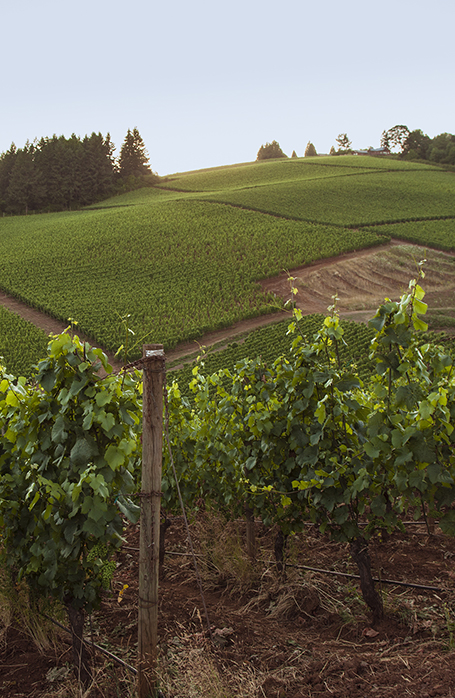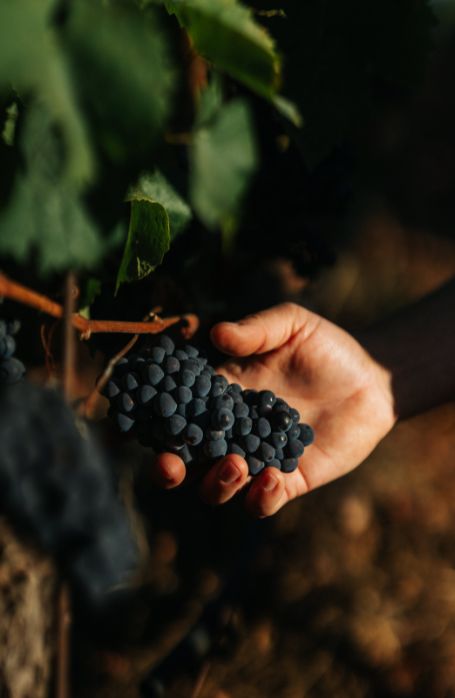Our Story
Gary Andrus launched Archery Summit in 1993, driven by an unwavering passion for Pinot Noir and a belief in the untapped potential of the Willamette Valley. The Dundee Hills, with its ancient volcanic soils and Burgundian climate, called to him—a land where world-class Pinot Noir could rise and thrive.
A pioneering winemaker with a résumé of acclaimed Napa Valley wines, Andrus honed his craft at sister winery Pine Ridge Vineyards, which he founded in 1978. There, he championed vineyard-designate wines, each a vivid expression of place, precision, and purpose.
That same spirit of site-driven excellence remains the heartbeat of Archery Summit. Over the years, we have assembled an exceptional family of five estate vineyards rooted in the Dundee Hills, each one a cornerstone in our pursuit of greatness.
Because we focus on Pinot Noir, a variety as transparent as it is demanding, our commitment to terroir and the honest, expressive flavors of place has only deepened. With more than a quarter century of winemaking behind us, we stand proudly among those who helped shape the legacy of the Willamette Valley, and we remain driven to elevate it even further.
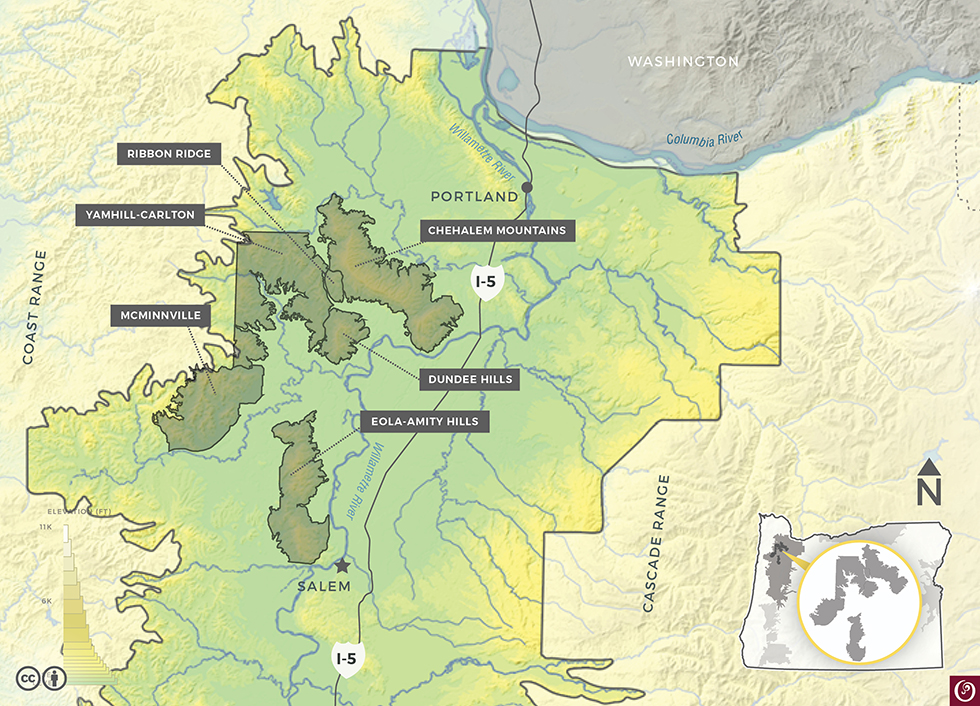
About Willamette Valley
The world-renowned Willamette Valley stretches roughly 100 miles from Oregon’s largest city, Portland, south to Eugene. This fertile and photogenic expanse of land, named after the mighty river that runs along its spine, has become one of the most prized winegrowing regions on earth.
Within the valley are several appellations, each offering its own geographical and viticultural distinctions. One of the oldest and most respected of them, the Dundee Hills, rests in the core of the valley amid rich volcanic soils and high-elevation terrain perfectly suited for Pinot Noir.
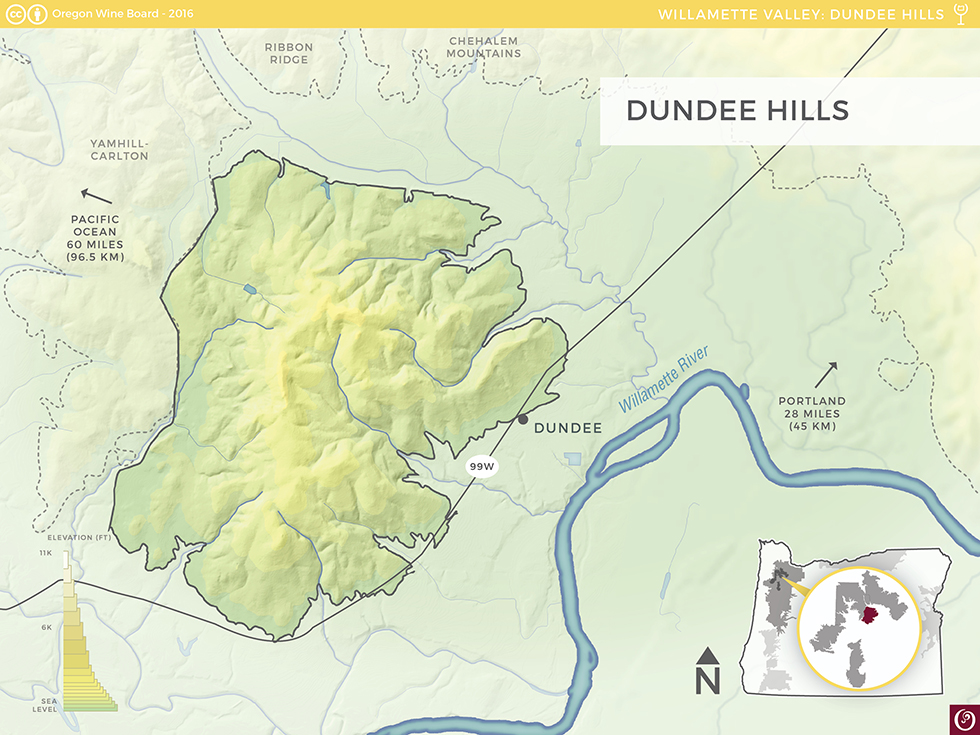
Dundee Hills
The Dundee Hills American Viticultural Area (AVA) was established in 2005, but the appellation’s promise was recognized much earlier. The first post-Prohibition commercial wine grapes planted here date back to 1965, located just down the road from Archery Summit. Of the Willamette Valley’s seven subappellations, this one has the oldest vines and most prestige.
Pioneering producers have long been attracted to the AVA’s soils, climate, elevation, and orientation. Commonly referred to as the Red Hills because of its iron-rich Jory soils, this rolling appellation runs north to south, parallel to the Willamette River, allowing for an optimal ripening schedule.
To walk the dramatic rows of estates like Arcus Vineyard and Summit Vineyard is to set foot on the fertile byproduct of ancient and cataclysmic events. Valley-carving volcanic flows and subterranean rifts molded the Dundee Hills over the course of millions of years. When the Missoula Floods submerged the Willamette Valley in water some 15,000 years ago—depositing sedimentary soils along the way—the Dundee Hills were untouched, perched above the flood line and able to retain their volcanic pedigree.
Pinot Noir, Chardonnay, and Pinot Gris adore the well-draining soils and insulated climate secured by the Coast Range to the west and the Cascades to the east.
Archery Summit is based in the heart of the AVA, with all of its five vineyards rooted within its boundaries. The Dundee Hills AVA is known for producing Pinot Noir on par with that of Burgundy, the birthplace of the variety.
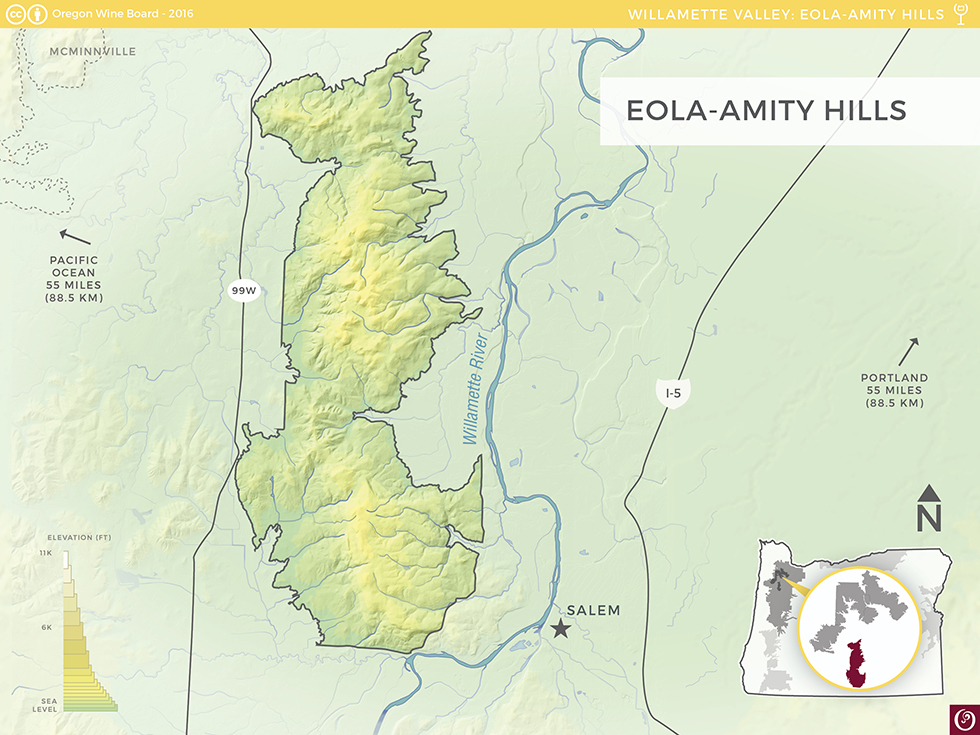
Eola-Amity Hills
The Eola-Amity Hills AVA, set in the mid-Willamette Valley in the foothills around Salem, in the mid-Willamette Valley, was established in 2006. For decades before this, vineyard workers and winemakers had made a strong case for the appellation’s unique nature by creating engaging wines that stood out from their counterparts crafted elsewhere in the valley.
Here, a gap in the Coast Range ushers in howling winds directly from the Pacific Ocean. Early pioneers chose the name Eola, a reference to the aeolian harp, to capture the sound of these marine gusts. The blustery conditions thicken skins and concentrate personality in the grape clusters.
Many lauded growers call the AVA home, including the Temperance Hill, Cristom, Bethel Heights and Seven Springs Vineyards. We source fruit from von Oehsen Vineyard, set beside the famed Seven Springs Vineyard and planted in 1977. Cooler and less insulated than much of the Dundee Hills, von Oehsen’s rows traditionally produce smaller berries and intense flavors.
Planted to Jory, Nekia, Witzel, and Ritner soils on a moderate slope, the site enjoys wide diurnal temperate swings, a signature trait of the AVA. The fruit is equally dramatic, with invigorating and structure-building acidity and a character that can come only from a place that exhibits significant coastal influence.
Much of the talk in Willamette Valley today is about the sky-high potential for Eola-Amity Hills wines. Our familiarity with the valley, earned over decades of making wine here, coupled with an admiration for rich and representative wines, brought us to Eola-Amity Hills Chardonnay.
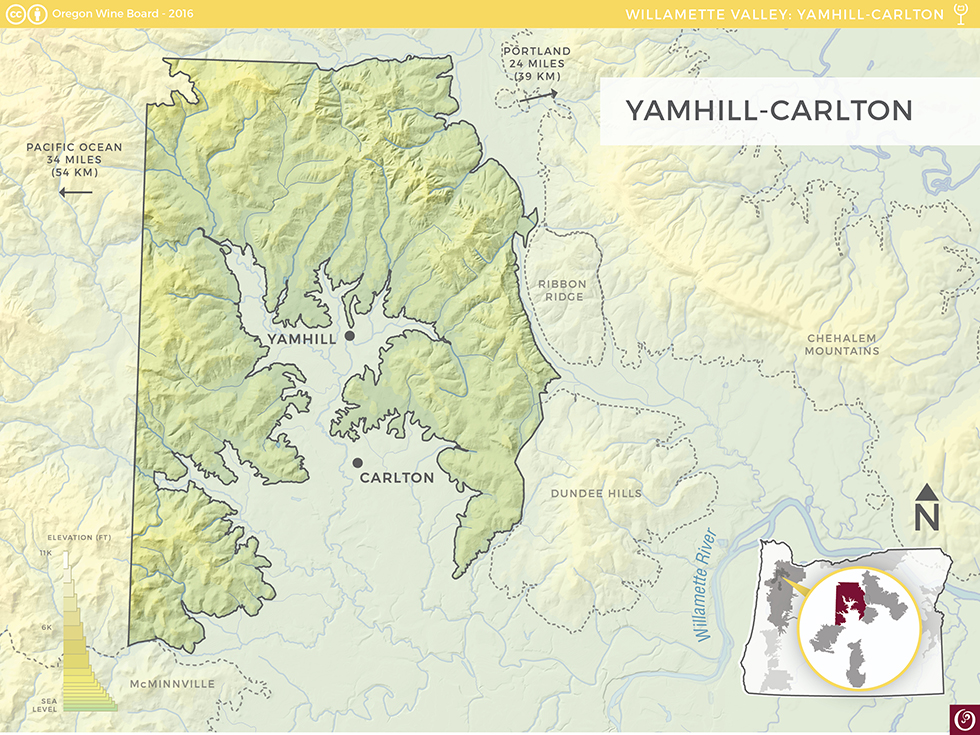
Yamhill-Carlton
The Yamhill-Carlton AVA, established in 2005, is named after the two wine-country towns it encompasses. Set in a rain shadow cast by the nearby Coast Range, the AVA features coarse sedimentary soils believed to be among the oldest in the Willamette Valley.
The North Yamhill River bisects the crescent-shaped appellation, which touts predominately south-facing aspects from 200 to 1,000 feet in elevation. Vineyards here typically ripen on the early side, compared to those to the south, showing less acidity and a fullness of flavor. Elk Cove Vineyards, founded in 1974, was the first to call the AVA home.
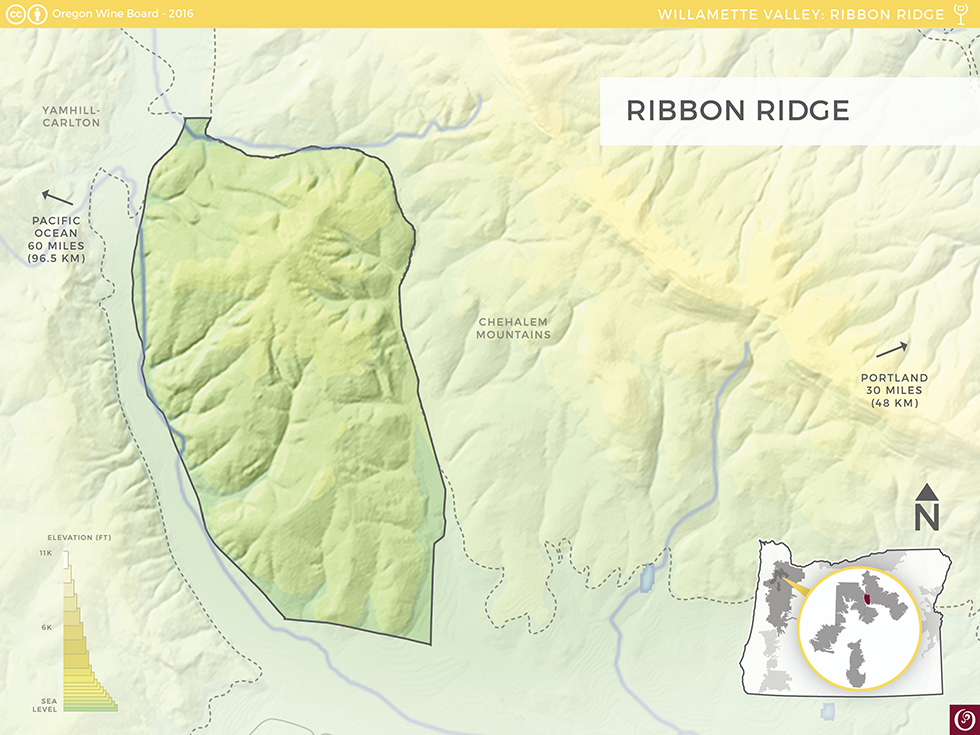
Ribbon Ridge
The Ribbon Ridge AVA, established in 2005, is a narrow bench within the Chehalem Mountains. The state’s smallest appellation is just a quarter mile wide and three and a half miles long. The name comes from 19th-century settler Colby Carter, who wanted to capture the twisting shape of the top of the ridge.
Like an island, Ribbon Ridge is set apart geologically from the rest of the Willamette Valley. The soils here are marine sedimentary throughout, contained within a fertile uplift of land flanked by Ayres Creek and Dopp Creek. Temperamental varieties like Pinot Noir thrive in the AVA’s steady microclimate and appealing exposures.

